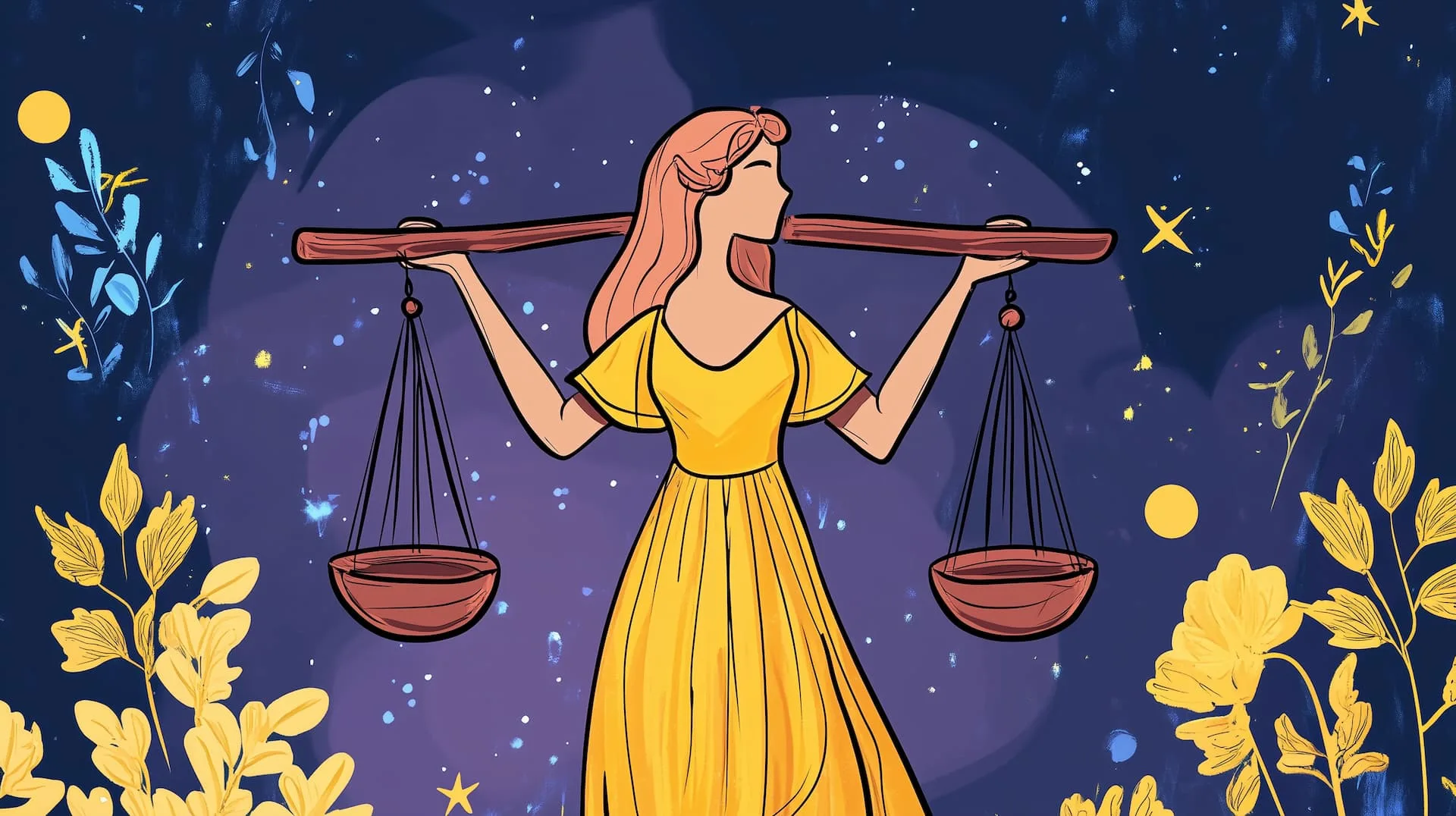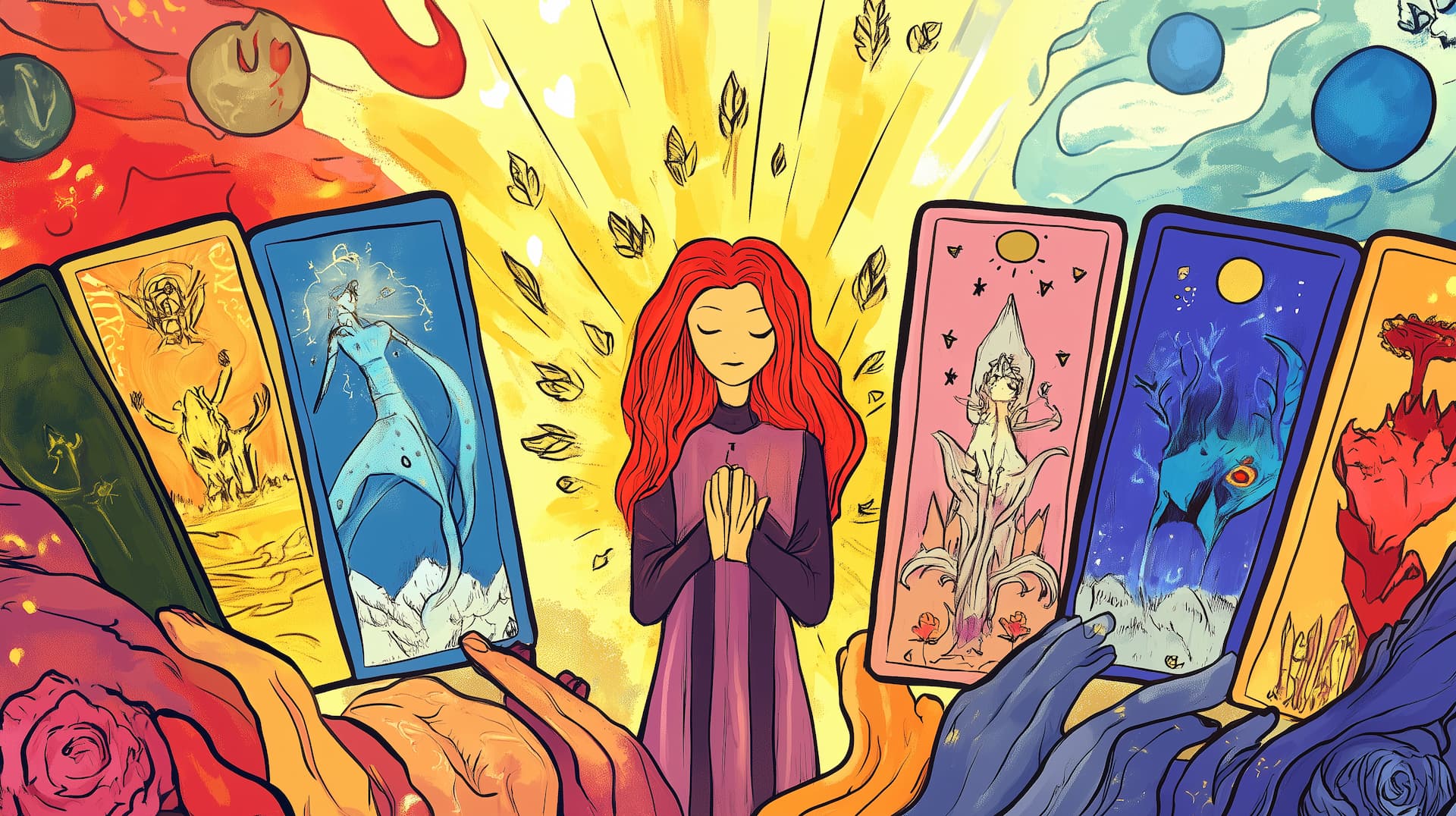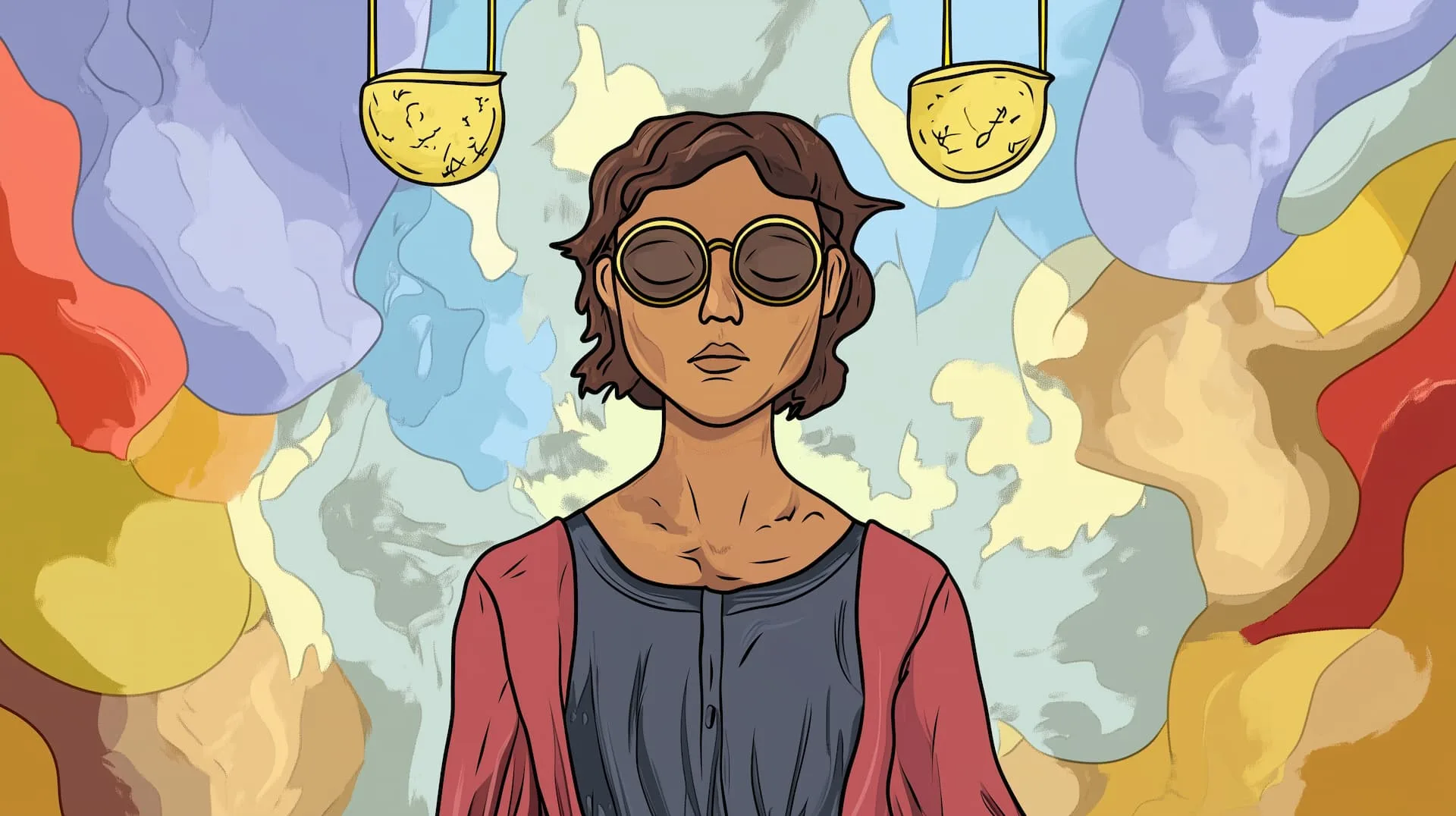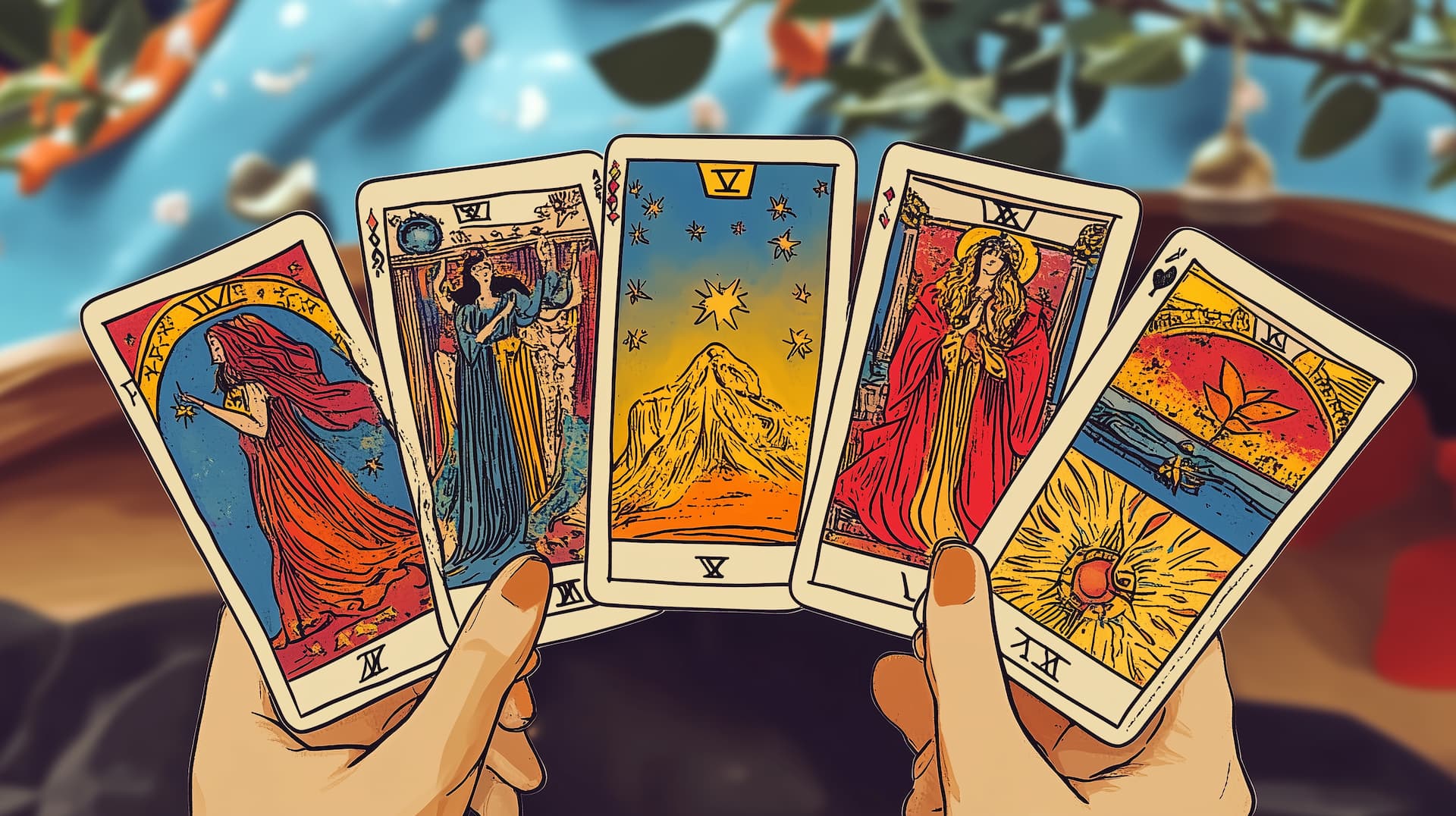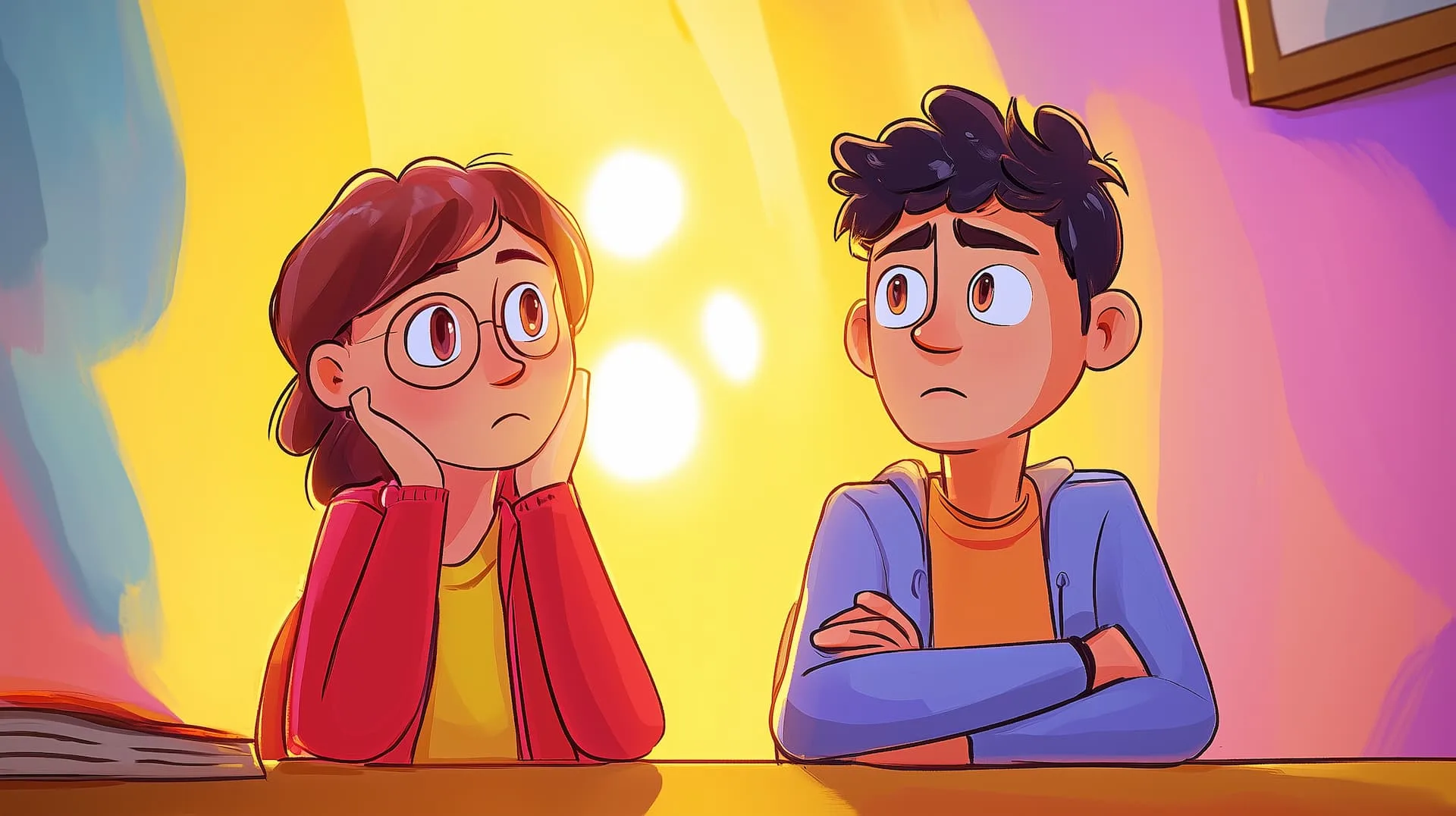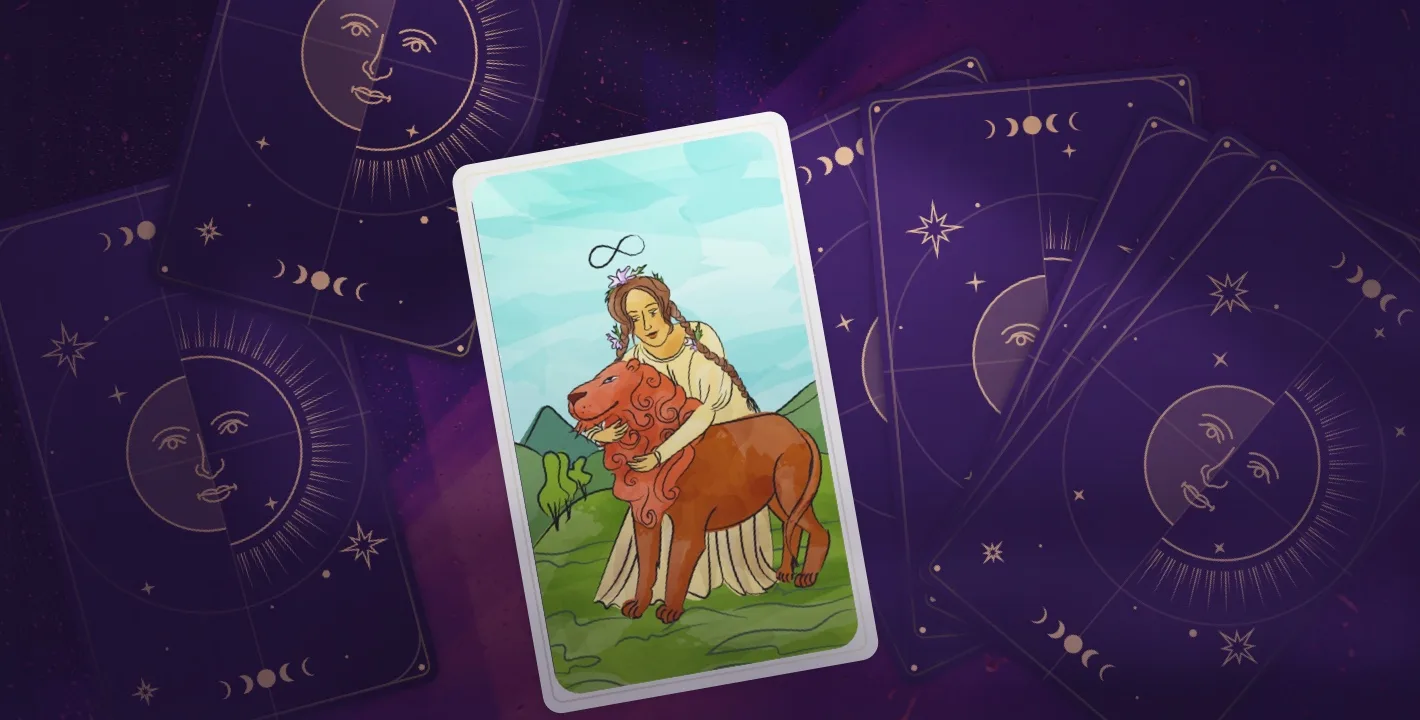
Choosing a deck of cards might not seem to be such a deeply thought-over decision but it truly is if you’re taking tarot reading seriously. However, it doesn’t mean that it has to be a stressful event either.
Tarot reading is an intentional art, and it can only be done when one feels connected to their deck very strongly. It should make you feel connected in terms of its symbolism and imagery as well.
Tips For Choosing Your First Tarot Deck
It Should Be A Purposeful Purchase
One of the main goals when buying your first deck should be that you need to make a purposeful purchase. You can’t just buy any tarot deck that you can get your hands on. Instead, have a clear aim on why you are purchasing this deck and consider what purpose you are going to use the deck for. In addition, by channeling your energy via life mantras and intuition, you can find a deck that really resonates with your whole being.
The Visuals Of The Deck Should Resonate With You
Every tarot deck has different styles of symbols and imagery. Instead of words and numbers, the visuals on the card are what give you information about its meaning. Every card on a tarot deck is designed with different themes in mind with the art’s own way of expressing the card’s meaning.
Tarot card creators or designers have their own aesthetics that they follow and some can be more esoteric than other cards. But it doesn’t mean that you have to choose the deck that is most commonly used or most popular. You might even find cards that lean more towards specific cultures or gender identities or even designed specifically for people of color.
There are 4 broad categories that you can place most decks in. You can study these categories and see if they resonate with what you want before you choose a deck:
Ambience Lead
Some decks focus more on the ambiance of the cards. In this sense, you will find that some decks pay more attention to the background than others with very intricately designed backdrops to complement what image lies in front.
Character Lead
These decks give more importance to the character that is at the forefront of the deck. They focus more on designing the character in all the tiny details and give it a very vivid and dramatic effect.
Broad Focus
If you’re more of the big picture kind of person then you will want to go for a broadly focused deck of cards. It pays attention to the whole picture and not just the zoomed into the main character or symbol of the card
Narrow Focus
In contrast, you might resonate more with a deck that magnifies the main character and narrows in on the tiny details and intricacies of the card’s character instead of the bigger picture.
In this way you might find cards that are visually more appealing than others from your personal point of view but looks aren’t everything. The deck itself should evoke some thoughts or feelings that make you feel like it is truly imprinted on you.
The Deck Should Preferably Come With A Guidebook
No matter what kind of deck you ultimately choose at the end, an important part of the process is actually understanding your deck on a deeper level. This can be done through a guidebook that usually comes with your deck. The guidebook will have all the information and details necessary to give you knowledge about the cards, the symbols and what they mean.
A guidebook that has a very detailed and comprehensive explanation for each card is always preferred since you’ll be better able to understand the meaning and hence, gain useful insights.
Over-Analysis Can Do More Harm Than Good
While it is an understood phenomenon tarot reading is subjective to the reader and the client, but it does not mean that you have to analyze all the tiny aspects and fixate on it.
Much of reading tarot is about trusting instincts and intuition, so the same would apply when buying a new deck. Instead of worrying over which deck to choose and what it could mean, it’s best to just go with your gut instinct toward any particular deck.
Stylistic Aspects Of Tarot Cards To Consider:
Type of illustration
Cards can be in the form of paintings, oil paintings, digital art, photography, comic art, or any other stylistic painting choices.
Color palette
It can also come in different color palettes such as greyscale, pastel colors, monochrome, rustic or whimsical colors.
Main Character
It could be a deck inspired by mythical creatures, human figures, animals, nature, royalty or even fairies and vampires.
Card size and material
Tarot decks can be made from various materials, like paper or plastic, and be textured, matte, or glossy. The next thing with regard to cards would be that their size differs from one deck to another. They normally come in a standard 2.75″ x 4.75″ pack, although you can get even smaller or larger cards than that, whichever your preference may be.
Recommendations For Newbie Tarot Readers
- Rider-Waite-Smith Tarot (Arthur Waite and Pamela Smith 1910) – This is the classic tarot deck and is regarded as the universal standard tarot deck. There are also tons of resources on the history and interpretation of this deck so you can learn a lot about this as a newbie.
- Modern Witch Tarot (Lisa Sterle 2019) – This is heavily inspired by the Rider-Waite-Smith deck but with a modern twist. It’s a good alternative to the traditional tarot deck with illustrations that resonate with a younger audience.
- Light Seer’s Tarot (Chris-Anne 2019) – This deck comes with vibrant artwork and is best used for personal development and self-reflection.
- Wild Unknown Tarot (Kim Krans 2013) – This is a watercolor illustrated deck of cards that is visually very appealing. This comes with a comprehensive guidebook so it serves as a handy practice deck.
- Good Tarot (Colette Baron-Reid 2016) – The central theme of this deck is all about positivity so you will notice a very prominent optimistic theme to each card’s symbols. This is best used for readings that involve transformation and hope.
